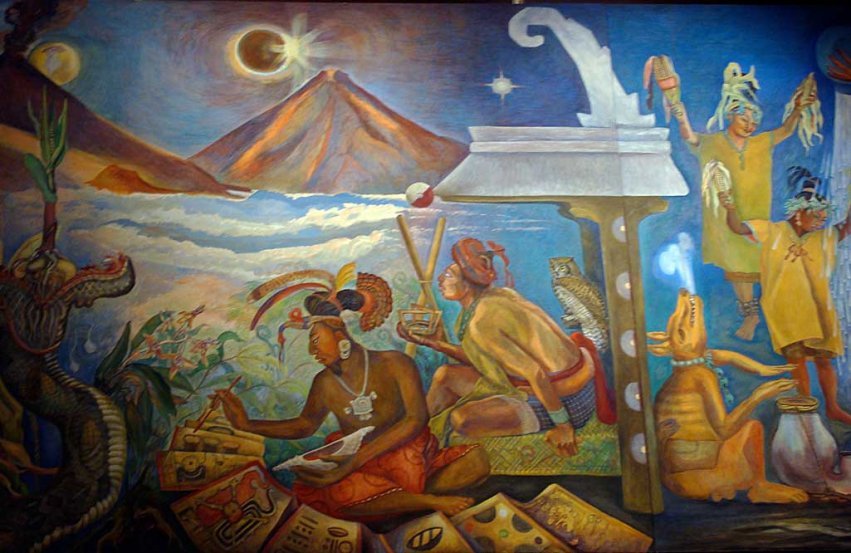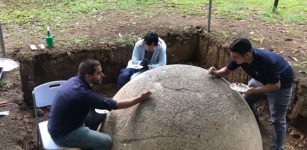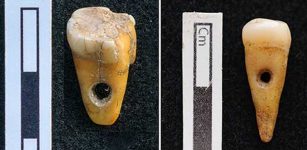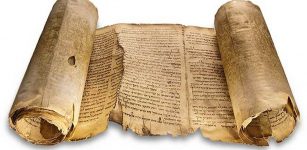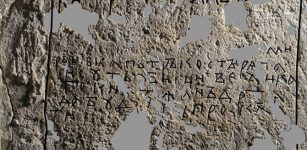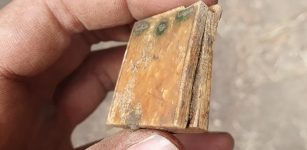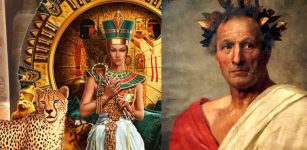Mysterious Ancient Mayan ‘Copernicus’ And The Venus Table Of The Dresden Codex: The Hieroglyphs Have Been Misunderstood – Researcher Says
MessageToEagle.com – According to a new study the Venus Table of the Dresden Codex has been misunderstood.
An ancient astronomer, a Mayan version of ‘Copernicus’ observed Venus in the temple of Chichen Itza and made astronomical corrections, which our modern scientists have misinterpreted. Who was this mysterious ancient astronomer?
There is no doubt the ancient Maya were great astronomers who observed, recorded and interpreted every aspect of the sky regularly. The stars, moons, sun and planets were regarded as gods and the movement of celestial bodies was seen as them going between the Earth, the Underworld and other celestial destinations. These Gods were greatly involved in human affairs, and so their movements were watched closely.
Codex Dresden or Codex Dresdens is superior to the other three surviving Mayan codices. It’s the oldest and best preserved book of the Maya, which was written and painted on amatl paper (made from the bark of a ficus tree), around 1200 and 1250 in the Yucatan Peninsula. This precious ancient book contains various almanacs, divination calendars, astronomical tables, ritual regulations and numerous representations of gods and calendars of Venus.
The Dresden Codex is a key document for the decipherment of Maya hieroglyphs and for the study of astronomy and chronology of the Maya.
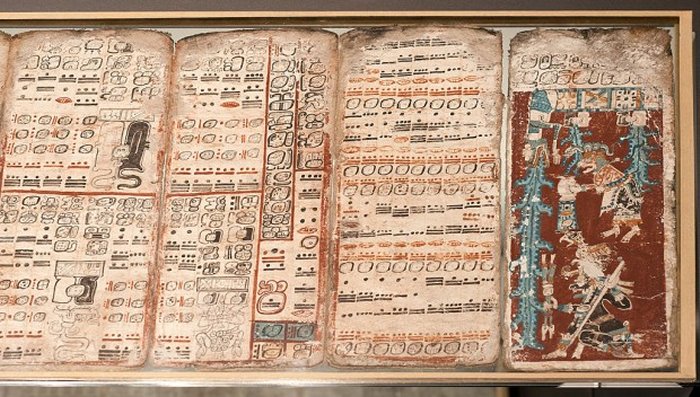
An intriguing part of the Dresden Codex is the so-called Venus Table that according to Barbara’s Gerardo Aldana, a professor of anthropology and of Chicana and Chicano studies has been misunderstood and vastly under appreciated.
Professor Aldana believes that the Venus Table represents a remarkable innovation in mathematics and astronomy.
Scientists have been familiar with the Preface to the Venus Table, Page 24 of the Dresden Codex for a long time. They also knew that its hieroglyphic text served as a correction for Venus’s irregular cycle, which is 583.92 days.
“So that means if you do anything on a calendar that’s based on days as a basic unit, there is going to be an error that accrues,” Aldana explained. It’s the same principle used for Leap Years in the Gregorian calendar. Scholars figured out the math for the Venus Table’s leap in the 1930s, Aldana said, “but the question is, what does it mean? Did they discover it way back in the 1st century BC? Did they discover it in the 16th? When did they discover it and what did it mean to them? And that’s where I come in.”
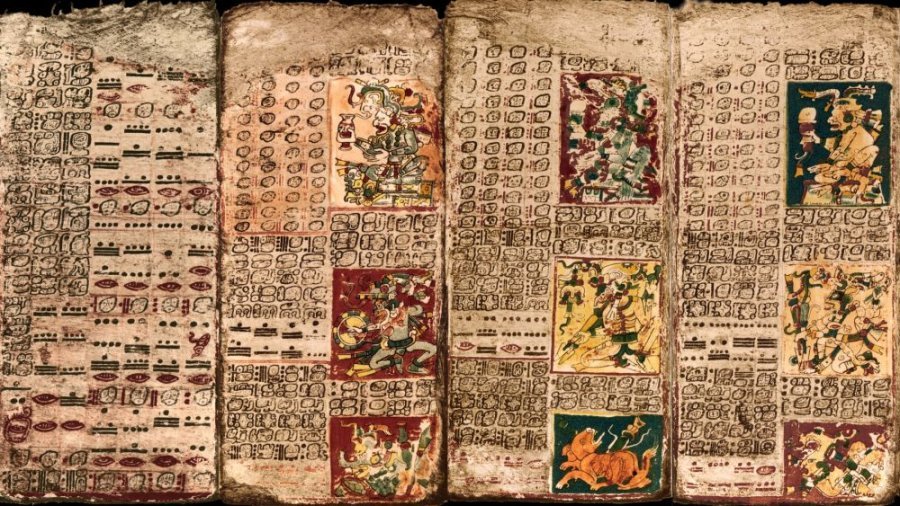
Credit: Image courtesy of University of California – Santa Barbara
Professor Aldana has made a new interpretation of the Venus Table. His recent study demonstrates that the mathematical correction of the Mayan “Venus calendar”,a sophisticated innovation — was likely developed at the city of Chich’en Itza during the Terminal Classic period (AD 800-1000). What’s more, the calculations may have been done under the patronage of K’ak’ U Pakal K’awiil, one of the city’s most prominent historical figures.
“We’re looking at the work of an individual Mayan, and we could call him or her a scientist, an astronomer,” Professor Aldana said. “This person, who’s witnessing events at this one city during this very specific period of time, created, through their own creativity, this mathematical innovation.”
Unraveling the mystery demanded Aldana employ a unique set of skills. The first involved epigraphy, and it led to an important development: In poring over the Table’s hieroglyphics, he came to realize that a key verb, k’al, had a different meaning than traditionally interpreted. Used throughout the Table, k’al means “to enclose” and, in Aldana’s reading, had a historical and cosmological purpose.
Aldana’s researche led him to think the Mayan scribe who authored the text was doing in the Table. Archaeologists and other scholars could see its observations of Venus were accurate, but insisted it was based in numerology. “They [the Maya] knew it was wrong, but the numerology was more important. And that’s what scholars have been saying for the last 70 years,” Aldana said.
![Copán, Honduras: Maya sculpture ruined ancient Maya city, in extreme western Honduras near the Guatemalan border. Credit: © Top Photo Group/Thinkstock]](https://www.messagetoeagle.com/wp-content/uploads/2016/03/copandepalacio1.jpg)
“So what I’m saying is, let’s step back and make a different assumption,” he continued. “Let’s assume that they had historical records and they were keeping historical records of astronomical events and they were consulting them in the future — exactly what the Greeks did and the Egyptians and everybody else. That’s what they did. They kept these over a long period of time and then they found patterns within them. The history of Western astronomy is based entirely on this premise.”
To test his new assumption, Aldana turned to another Mayan archaeological site, Copán in Honduras. The former city-state has its own record of Venus, which matched as a historical record the observations in the Dresden Codex. “Now we’re just saying, let’s take these as historical records rather than numerology,” he said. “And when you do that, when you see it as historical record, it changes the interpretation.”
See also:
Dresden Codex – The Oldest And Best Preserved Book Of The Maya
Unique Maya Center Of Copán With History Recorded In 2500 Hieroglyphics
Ancient Maya Astronomical Observatory Reveals Planet Venus Had A Special Place In Maya Cosmology
Scholars know the Mayans had accurate observations of Venus, and Aldana could see that they were historical, not numerological. The question was, Why? One hint lay more than 500 years in the future: Nicolaus Copernicus.
The great Polish astronomer stumbled into the heliocentric universe while trying to figure out the predictions for future dates of Easter, a challenging feat that requires good mathematical models. That’s what Aldana saw in the Venus Table. “They’re using Venus not just to strictly chart when it was going to appear, but they were using it for their ritual cycles,” he explained.
“They had ritual activities when the whole city would come together and they would do certain events based on the observation of Venus. And that has to have a degree of accuracy, but it doesn’t have to have overwhelming accuracy. When you change that perspective of, ‘What are you putting these cycles together for?’ that’s the third component.”
Putting those pieces together, Aldana found there was a unique period of time during the occupation of Chichen’Itza when an ancient astronomer in the temple that was used to observe Venus would have seen the progressions of the planet and discovered it was a viable way to correct the calendar and to set their ritual events.
“If you say it’s just numerology that this date corresponds to; it’s not based on anything you can see. And if you say, ‘We’re just going to manipulate them [the corrections written] until they give us the most accurate trajectory,’ you’re not confining that whole thing in any historical time,” he said. “If, on the other hand, you say, ‘This is based on a historical record,’ that’s going to nail down the range of possibilities. And if you say that they were correcting it for a certain kind of purpose, then all of a sudden you have a very small window of when this discovery could have occurred.”
By reinterpreting the work, Aldana said it puts the Venus Table into cultural context. It was an achievement of Mayan science, and not a numerological oddity. We might never know exactly who made that discovery, he noted, but recasting it as a historical work of science returns it to the Mayans.
“I don’t have a name for this person, but I have a name for the person who is probably one of the authority figures at the time,” Aldana said. “It’s the kind of thing where you know who the pope was, but you don’t know Copernicus’s name. You know the pope was giving him this charge, but the person who did it? You don’t know his or her name.”
MessageToEagle.com

